Private Jet Fuel Stops – Everything You Need to Know
Private Jet Fuel Stops – Everything You Need to Know
Everything You Need to Know About Private Jet Fuel pauses Whether you are using a private jet charter, a jet card, a fractional ownership programme, or even fully owning your own aircraft, fuel pauses are occasionally a necessary evil to finish your mission.
Simply put, when the destination is farther distant than the aeroplane can fly, a fuel stop is required.
Here is everything you need to know if your next mission involves a fuel stop, including how long it will take to refuel and if you can stay on board or not. The situations in which a fuel stop will be beneficial should also be taken into account.
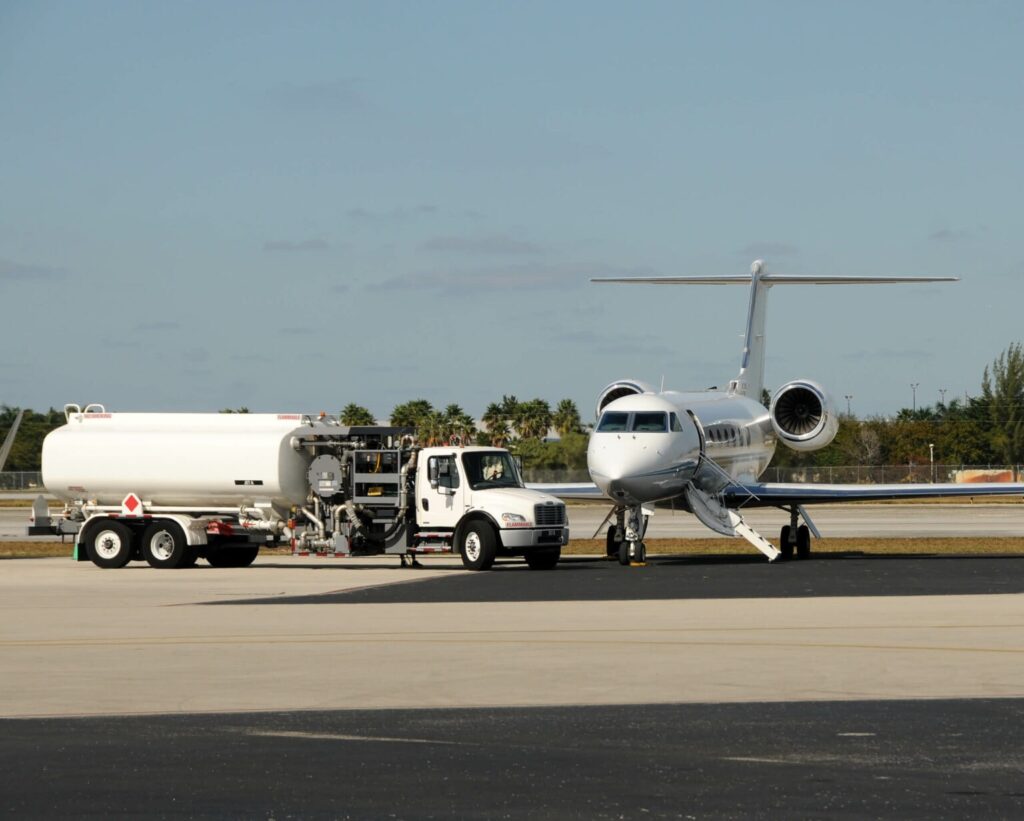
How Long Does it Take to Refuel a Private Jet?
Exactly how long it takes to refuel a private jet is a question that cannot be answered with a single response. However, as a general guideline, plan on a 30- to 60-minute fuel stop.
The non-stop flight time cannot simply be increased by this amount of time. The aeroplane is on the ramp (sometimes referred to as an apron) for this 30 to 60 minute fuel stop.
It is crucial to account for the time it takes to depart from the intended course as well as the time it takes to descend, land, and take a taxi to the stand. It is crucial to factor in the time needed to taxi to the runway, take off, climb, and then resume the original path after refuelling. The actual time a fuel stop will extend your trip will therefore probably be closer to two hours.

Factors Affecting Duration of Fuel Stops
So why is there no precise time estimate for the duration of a private aeroplane fuel stop?
Well, not all aircraft are created equal, and each mission is different, as is virtually often the case with private jets.
Fuel tanks on different types of aircraft vary in size. As a result, a larger tank will be able to carry more fuel and therefore take longer to fill. Additionally, the speed at which gasoline is injected into an aeroplane will vary. The ability of various fuel equipment to move the gasoline at various rates must then be added to this.
Furthermore, the gasoline operator controls you at every airport. Some people are more productive than others. Some people are better at planning than others.There are only so many trucks, so if the airport is crowded with other aircraft getting refuelled, you will have to wait.
How many gallons of fuel are needed, which is one of the most important parameters influencing the length of private jet fuel stops? The whole amount of fuel is not usually carried by an aircraft.
Therefore, if your final destination is only 100 miles away, only a small amount of fuel—a few hundred gallons—will be needed. However, much more fuel will be needed if you are halfway through your mission and have a few thousand miles left.
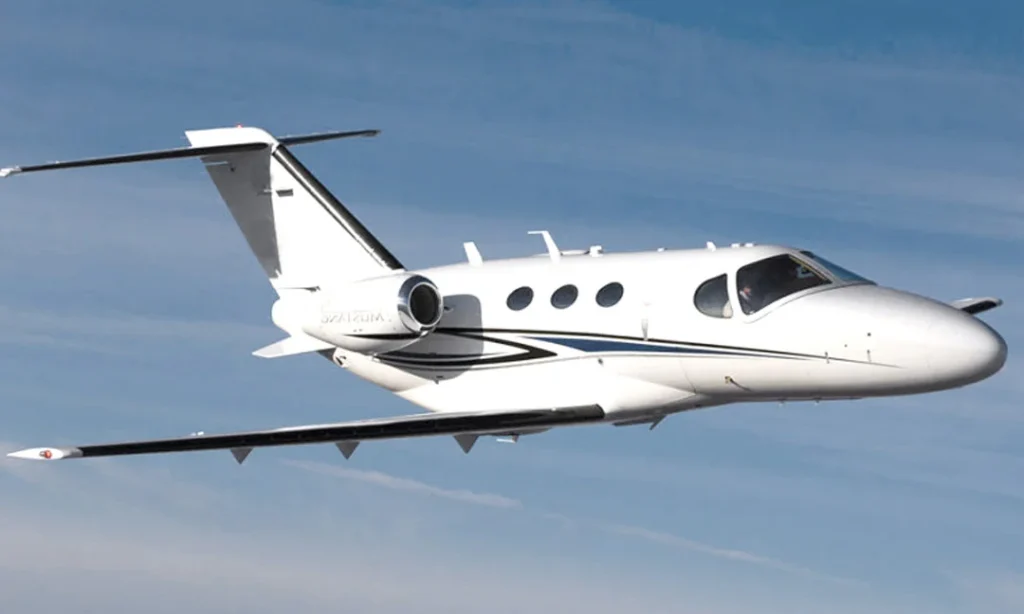
When Are Fuel Stops Needed?
Basically, when the aircraft’s maximum practical range is reached.
Say you wish to go by air roughly 6,000 miles (5,200 nautical miles) from London to Bangkok. Only a few number of aircraft can successfully perform this assignment.
A fuel stop will therefore be necessary if you own a Gulfstream G200 because its maximum range is only about 3,400 nautical miles. As a result, a halt will be required sometime along the trip. It cannot physically fly 2,000 nautical miles above its range limit without stopping.
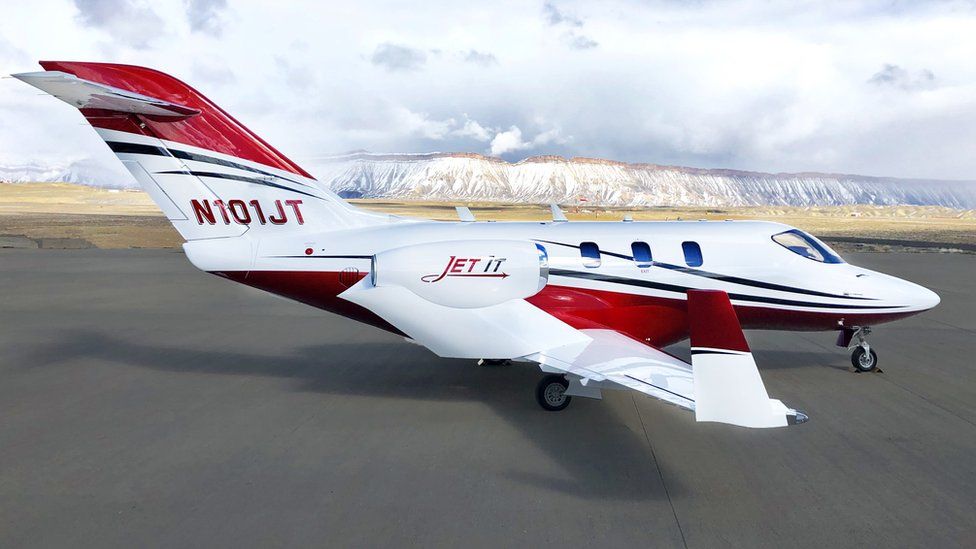
Are Private Jet Fuel Stops Worth It?
In the end, whether or not a fuel stop is worthwhile depends on your circumstances.
A fuel stop can be necessary if you have a private aircraft that cannot complete the mission nonstop. It’s yours to use the aeroplane. The fixed costs are already covered, hence the route’s variable costs will be lower than those of chartering.
Additionally, there are specific routes around the globe where a fuel stop will always be necessary. For instance, if you’re taking a private plane from London to Sydney, you’ll have to stop for fuel.
However, the cost is the main factor in determining whether some travellers think a fuel stop is worthwhile. While the aircraft is being refuelled on the ground, you are still paying for it, but you can charter a smaller aircraft for a reduced hourly rate.
For instance, the cost of a nonstop private jet charter flight from London to Bangkok ranges between £130,000 and £150,000. However, when you include in a fuel stop, the cost is close to £10,000.
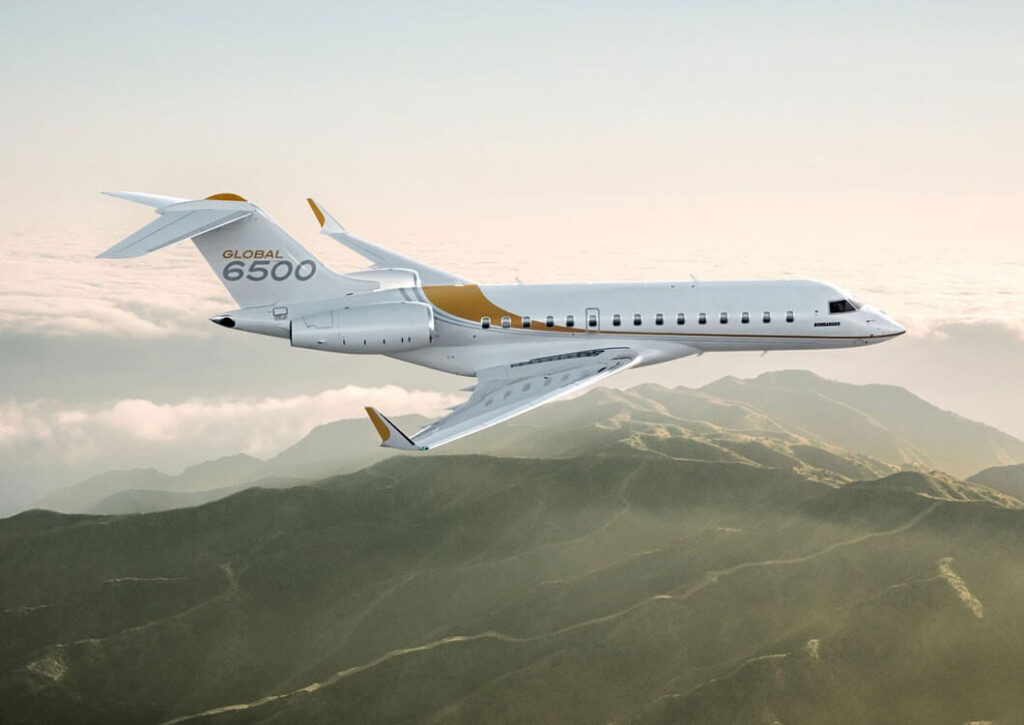
Do Passengers Stay Onboard During Refuelling?
The refuelling company sets the rules on whether passengers must stay on-board during a fuel stop or not. However, it is typically advised that passengers leave the ship while it is refuelling.
Naturally, whether you are travelling domestically or internationally should be taken into account. If travelling abroad, you will need to pass through customs before you can exit the airport.
In some circumstances, refuelling in the country of travel can be convenient. Passengers will be able to work as efficiently as possible by clearing customs while refuelling. When passengers reach their location, they can immediately depart.
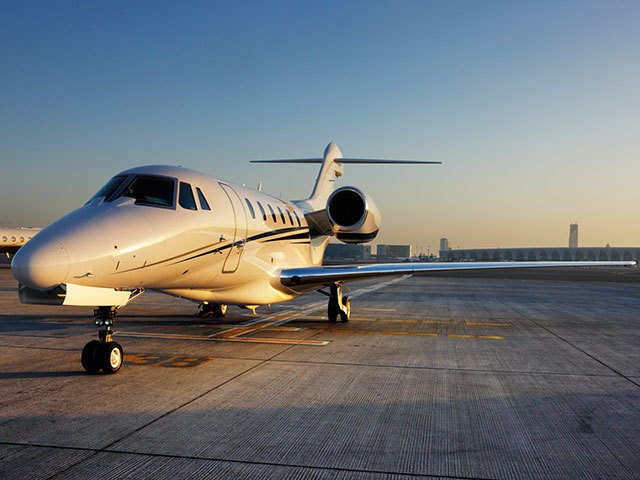
Do Crew Members Stay Onboard During Refuelling?
At least one pilot must stay on-board to count as crew. Usually, the first officer (co-pilot) will do this.
Summary
There are instances when a private aircraft journey necessitates a fuel stop. This is typically accurate while travelling across the globe.
Private jets’ main purpose is to save time, though. Thus, including a fuel stop will significantly lengthen any flight. Therefore, it is challenging to imagine circumstances where renting an aeroplane that needs a fuel stop makes sense.
When using a private jet, the only significant advantage of a fuel stop is a small cost savings. But including a fuel stop will
